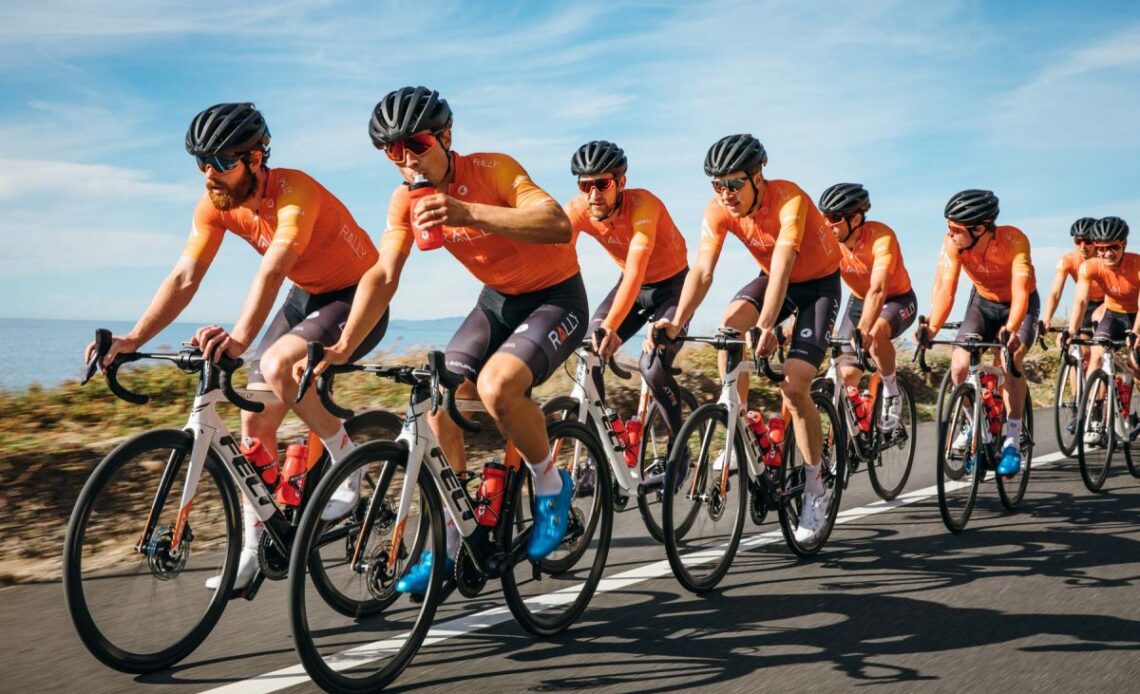Riding your bike is one of life’s simple pleasures, it’s a great escape from everyday life. But for a fortunate select few, riding and racing a bike is not only their passion but also their job. But for these lucky few, how much do they actually train on a weekly basis and how much do they need to train?
On a personal level, I’ve been racing for a long time and training for around 10 years, I was even fortunate enough to be a part of the British Cycling track programme as a teenager before opting to step away. This opportunity taught me a lot about training as well as the importance of resting, but these days, although I ride for a UCI Continental team, I’m not a pro so like most people, my training needs to fit around my work commitments and life obligations.
For pros, life obligations still exist, but those work commitments are training, so how much do the real WorldTour pros actually train?
I was lucky enough to get the opportunity to put these questions to Dr Ciarán O’Grady, personal coach to numerous pro cyclists and Time Trial and Aerodynamics Lead of Israel–Premier Tech.
“Weekly training volume can vary hugely but usually averages around 18-22 hours per week across the whole year”
Dr. Ciarán O’Grady
In an average week for a WorldTour pro, he explained “Weekly training volume can vary hugely but usually averages around 18-22 hours per week across the whole year, but this would include higher volume training weeks over 30 hours of training time, and some recovery weeks which may be below 10 hours of training time.”
Adding in that “The differences between sex when it comes to volume are very individual; it’s more about how much load each athlete can handle. However, with women’s races being shorter in general, the specific training volumes can be shorter with more focus on intensity.”
Now we know the rough average of how often both male and female pro riders will train during an average week, I wanted to know if this figure would change depending on the type of rider the athlete is. Unsurprisingly, it does. Different types of riders need different training, tailored to the demands of their required performance.
“Generally speaking the training volume as a whole would be highest in the climber/GC group, middle in a domestique/rouleur group, and lowest in the sprinter group.” Adding on…
Click Here to Read the Full Original Article at CyclingNews RSS Feed…

